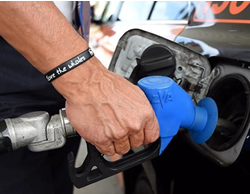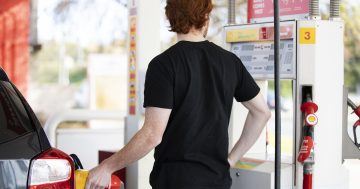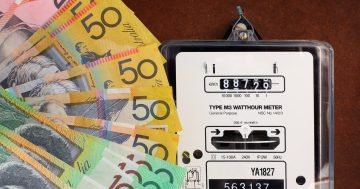 The Australian Competition and Consumer Commission (ACCC) has published a petrol price guide for motorists, showing how and when to take advantage of the lowest prices.
The Australian Competition and Consumer Commission (ACCC) has published a petrol price guide for motorists, showing how and when to take advantage of the lowest prices.
The Commission’s Report on Petrol Price Cycles in Australia provides an in-depth look at how petrol price cycles work and how motorists can use them to their advantage.
Commissioner at the ACCC, Mick Keogh said price cycles had been a longstanding feature of retail petrol prices in Australia’s five largest cities.
He said they involved sudden, sharp increases in prices, usually led by one or more retail sites, with other retail sites subsequently raising their prices. This was followed by a much slower decline back to lower price levels.
“While they are not illegal, the retailers’ use of price cycles to maximise profits really infuriates drivers as they can see no reason for them to exist,” Mr Keogh said.
“It’s not uncommon for drivers to notice prices jumping 20¢ or more in a very short period of time, and the price you see being charged on the way to work can be very different to the one on the way home.”
He said there was a common perception that all retailers put their prices up or down at exactly the same time, but the ACCC’s research showed this wasn’t the case.
“For drivers who don’t use their cars that often, or drive as far, it is possible to time purchases at the low point of the cycle and pay below what it costs retailers,” Mr Keogh said.
“The estimated yearly savings made by buying at the low point of the cycle are around $175 in Sydney, $150 in Melbourne and Brisbane, and $200 in Adelaide.”
“Perth motorists can save up to $520 per year,” he said.
“Many people don’t realise there is also a significant difference between the cheapest and most expensive service stations throughout the price cycle, so purchasing petrol from those retailers that are consistently among the lowest-priced will save you money,” Mr Keogh said.
The ACCC’s 108-page guide can be accessed at this PS News link.










